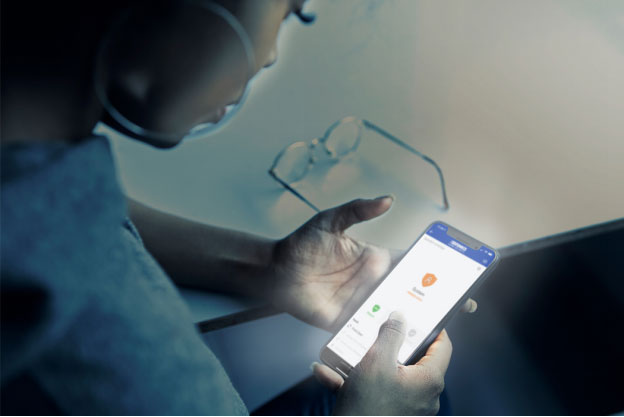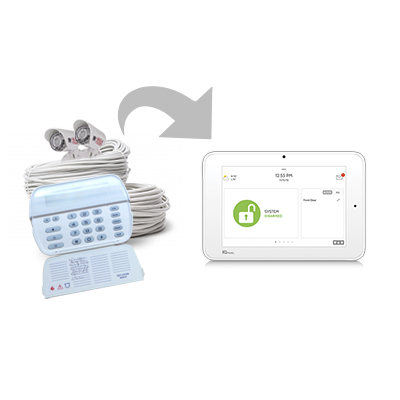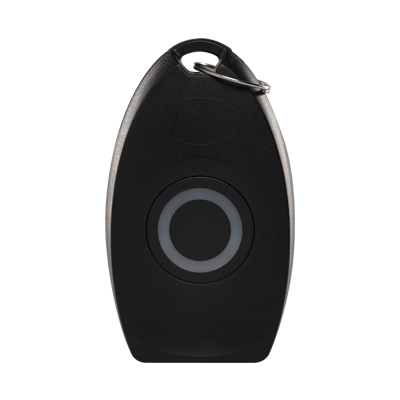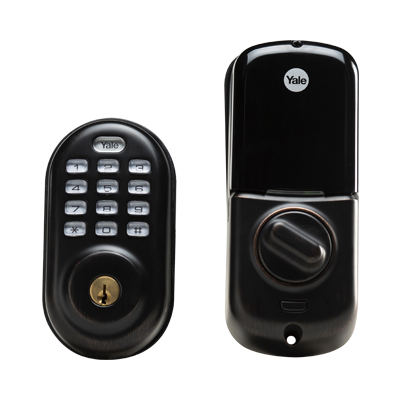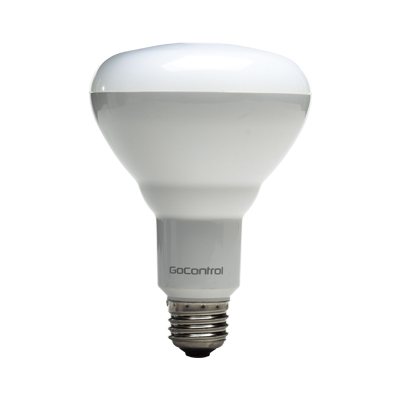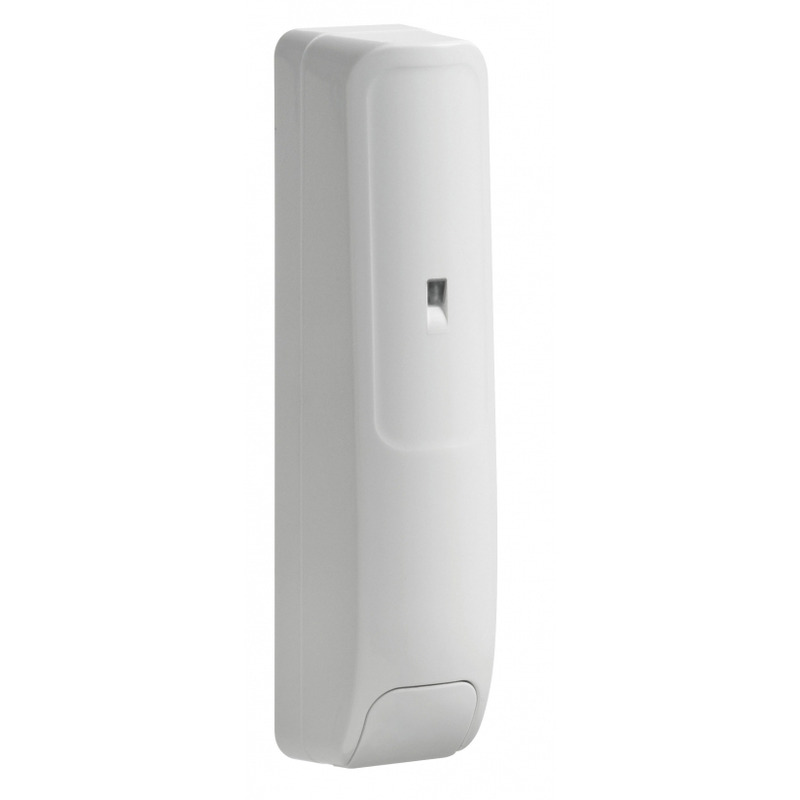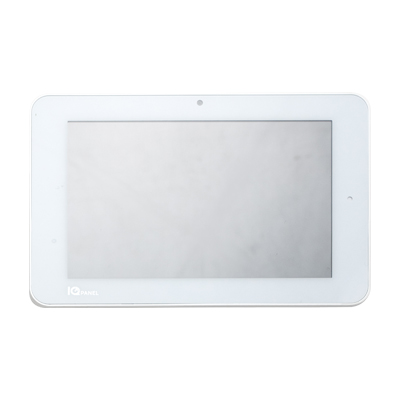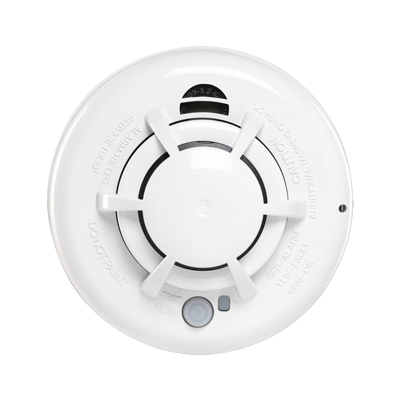An overview of different home monitoring options available today.
BY LAUREN SLADE
Home security has come a long way since the keypads and VHS surveillance systems of yesteryear. With all the different types of home security monitoring options available, it’s easy to get them mixed up. Or, to assume they all work the same way. Here’s a quick guide outlining the three types of systems in the industry, landline, broadband (includes Wi-Fi), and cellular monitoring, and how they work to keep you safe.
1. Landline
As a hardwired system that uses your home phone line to link to monitoring services, this type of system relies on your landline to communicate. While landline-based security systems are often the more affordable option, over the past decade most home phones have been phased out in favor of mobile phones. Additionally, if your home monitoring system is controlled by your landline, it’s likely not compatible with automated smart security systems, which offer lifestyle convenience and app-based system controls.
2. Broadband/Wi-Fi
Home security systems that utilize Wi-Fi monitoring use your internet source to transmit a signal. Faster than landline-operated security systems, they can rapidly communicate a distress signal and reach places your home phone network might not be able to. However, it only takes a power outage to leave you unprotected. Plus, losing your internet connection, even temporarily, means your connection to your monitoring provider disconnects, too. Many homeowners use cellular monitoring as a backup to their broadband-based system to combat this. This way, you maintain the fastest signal and can rely on cellular-based monitoring if and when your internet goes out.
3. Cellular
Cellular monitoring is the most reliable and consistent route when it comes to home security systems. This option uses radio signals to connect your control panel to a security center and/or with a mobile device. Plus, cellular monitoring uses encryption technology, meaning your data is protected and only accessible by authorized users. Furthermore, since its wireless, you never have to worry about losing connectivity during storms or power outages. Simply put, it means you’re always covered.
When comparing monitoring systems, it’s important to remember that Brinks Home Security™ systems use dual-path technology, meaning we employ both cellular data and WiFi to connect your security panel and devices to our U.S.-based Alarm Response Center as well as to your mobile phone. Should an alarm be triggered, this dual-path technology automatically selects the fastest way to signal for help, even if your Wi-Fi is down. It’s more responsive, more connected, and more secure.
Lauren Slade is a Dallas-based writer and editor.
Checklist for Choosing a Home Security System
Before entering into a long-term, contractual commitment home security provider, it’s important to determine the level of security your household requires. A thorough assessment will allow you to make an informed decision when you begin comparing the security system components and features offered by different companies. We’ve included some of the most important considerations you can make during this process, followed by an exhaustive equipment checklist.
Important Considerations for Choosing Home Security Features
What is your monthly budget?
Affordability is arguably the most important consideration for a homeowner to make during the security system selection process. Most major providers offer packaged deals with a pre-fixed list of amenities. Some companies allow customers to upgrade their packaged plans at an additional charge. Other companies offer clients the opportunity to hand-pick each component to create a completely customized system. Whichever arrangement you choose, be sure to note the monthly rate you’ll be billed and the required contract length (usually between two and three years).
How secure is your home without any technical security components?
Before purchasing any hardware or making a long-term commitment to a security provider, perform a cursory assessment of your residence in its current state. This will help you determine the level of security required to effectively safeguard your home. Do you park your vehicles in a garage? If not, a surveillance camera with a street view is recommended. Is your home single- or multi-story? If the latter, you’ll want to purchase sensors and detectors to monitor the upper floor(s) of the house. Peruse the equipment offerings from different companies to see what’s available, and then determine the best layout for your home. Providers like ADT and FrontPoint feature a mock floorplan on their official websites to demonstrate how different equipment is used.
Do I own or rent my residence?
This is an important consideration because the installation of some security systems will require modifications to the residence, whereas others use a completely wireless system. If you rent an apartment or condominium with a strict policy about drilling holes in the walls, doors, and other surfaces of the residence, then a wireless system will be the most suitable choice. Homeowners, on the other hand, may have more freedom when making this decision.
Is there a possibility that you’ll move within the next three years?
Security providers generally require a contractual commitment of at least two to three years, and relocating to a new residence may not include free-of-charge reinstallation of your security system. ADT, for instance, provides a $100 installation discount for customers who have honored a contract for two years or more; otherwise, standard installation charges apply. If there is a strong possibility you’ll be living in a different house within the next three years, it may be best to opt for a provider that either provides free relocation services or offers products that are easy to install without professional assistance.
Would you feel safer with 24/7 emergency dispatch services?
Virtually every security provider offers monitoring services 24 hours a day, seven days a week (holidays included) to ensure your home is protected at all times. Furthermore, they will dispatch police, firefighters, medical response teams, and other emergency services in the event of a household crisis. However, it should be noted that certain monitoring services (fire and smoke, carbon monoxide, etc.) may not be included in every security package.
Does anyone in your family have a chronic and/or serious medical condition?
If you or another member of your household suffers from a condition, such as diabetes, asthma, or limited mobility, then it may be wise to take extra precautions and choose a plan with additional amenities for emergency medical response. Providers like LifeShield and FrontPoint include portable panic buttons that, when activated, will alert 9-1-1 and dispatch an ambulance to your house; these devices may be included in a standard package or require an upgrade to your plan.
Do you live in a flood zone?
Homeowners who live in areas where floods are common are strongly urged to choose a security system that includes water monitoring. These plans typically entail a flood sensor that is installed in a basement, laundry room, or other subterranean areas of the house, as well as ground-level areas like the kitchen or living room. An effective flood monitoring system (such as the one offered by ADT) will detect leaks, broken pipes, and backed up drains. As with other monitoring components, companies that offer flood detection will usually allow customers to receive ‘flood alerts’ via email on their PC, smartphone, or tablet device.
What is the climate/average temperature where you live?
If extremely hot and/or cold weather is common in your city or town of residence, then a temperature sensor will be a valuable component of your security system. These devices will alert homeowners when the interior temperature has reached dangerous highs or lows. Companies that provide extreme temperature/freeze sensors.
Include Monitronics, Pinnacle Security, and FrontPoint. Precipitation is another important factor because it can cause high levels of mold, and some companies offer amenities for mold detection, as well. First Alert, for instance, offers a test kit for measuring mold levels inside your home.
How large is your house?
The size of your residence will determine the required level of centralized monitoring in order to provide effective security. Standard security systems will include a control panel that is installed in one of the home’s central locations; living rooms, dining rooms, and kitchens are commonly chosen for this purpose. If your house is relatively large (3,000 square feet or more) and/or consists of several stories, then it might be wise to include additional control panels that is installed in a different area of the house (such as a master bedroom). On the other hand, a single control panel will be suitable for studio apartments, one-story houses, and other relatively small residences.
How many points of entry does your home have?
Standard security system packages typically include two or three sensors intended to monitor doors, windows, and other major points of entry. If your house has more than two doorways and/or a high number of ground-level windows, then this allotment may be insufficient. As a general rule of thumb, each door and window that provides access to your home should be equipped with a sensor. Glass-break detectors are especially useful if you have several windows, or your door is outfitted with glass parts; these devices are usually available in premium packages or obtainable with a system upgrade. Many companies also offer recessed door and window sensors, which are designed to be especially inconspicuous in the event of a home intrusion.
What is the interior/exterior layout of your house?
The shape and dimensions of your home are crucial when it comes to choosing surveillance equipment. For example, a loft apartment probably requires no more than two fixed video cameras to monitor the entire residence. On the other hand, an oblong-shaped house may require more equipment ― and possibly pan and tilt cameras ― to capture footage from all the nooks and crannies located throughout the structure. Back and frontyard dimensions are also key, since most homeowners who opt for video surveillance will equip at least one camera to monitor activity out-of-doors. Please note that video camera upgrades tend to be the most expensive customization you can make to your security system.
Do you have a need for motion-activated surveillance?
Some homeowners, such as parents with small children, may prefer video cameras that are triggered by any sort of human movement. Others are content to schedule their cameras to begin recording at designated times throughout the day. Standard video surveillance options typically make amenities for either of these options, although a given camera may not allow both functions. You should also review product specs to.
See whether or not your security cameras are equipped with live feed and streaming capabilities that allow you to watch recorded footage from a remote location using a PC, phone, or tablet.
What is your family’s daily and weekly schedule?
If you work long hours or travel on business, then your security plan should include a device or mobile app that remotely arms and disarms your system, such as a mobile app or keychain fob. Most hardware allows the homeowner to schedule when the front door is locked or unlocked; this is especially useful for people who hire housekeepers or other non-household members who require constant access into your home. In many cases, these controls will allow you to also adjust lighting and thermostat levels, and even activate small appliances. However, these components may not be necessary if your spouse and/or children are present at the house in your absence.
Do you carry a smartphone, tablet, or other app-supporting device on your person at all times?
The vast majority of security providers now include a free mobile app that enables users to perform different functions related to their home system. These apps can remotely arm and disarm the system, track household activity, stream live video surveillance, and adjust lighting and temperature settings. Most of these apps are available for Apple, Android, and Blackberry devices, but some providers have expanded their offerings to include other models; FrontPoint, for instance, offers an app for Windows Phone users.
Do you have constant mobile access when you’re away from home?
If you’re able to access a wireless network throughout the day, then you may be eligible to receive home alerts via smartphone, PC, or tablet. Every time there is activity in your home, a brief message will be sent to your email account. Some providers allow customers to receive additional alerts. ADT, for instance, allows users to receive messages about breaking news, weather updates, and even local traffic conditions.
How important is direct contact with the security system provider in the event of an emergency? When a crisis occurs, many people prefer the peace of mind that comes from speaking directly with a representative of their home security provider. However, this service is not always available. If you would rather choose a plan that instantly connects you with company personnel in the event of an emergency, make sure the package includes a two-way intercom device. Providers that offer this option include ADT and Pinnacle Security. Please note that these devices usually require a landline, so companies that offer “100% wireless” security systems may not be able to include a two-way intercom. In the absence of an intercom system, virtually all security providers offer a portable “panic button” that dispatches emergency services to your house when activated.
How important is the ability to customize the components of your security system? Customization options will vary significantly between home security providers. Some companies, including ADT and Protect America, limit customers to a fairly stringent set of pre-fixed package deals, and then charge an activation and/or installation fee. Others, like FrontPoint and Vivint, allow customers the option of hand-selecting each component of their system, and then paying a one-time fee for all of the individual items. The costs are comparable for both options.
Are you eligible for home insurance discounts if you obtain a home security system? Not surprisingly, homeowners who invest in a security system stand to receive a discount on their home insurance premiums. Most security companies provide information about this option, and some (including ADT and LifeShield) will even award contract-holders a certificate to present to their insurance carrier. However, you’ll need to speak with a representative from your insurance company to make sure they honor such discounts
Equipment Checklist
Control
- Centralized control panel
- Bonus touchscreen panel
- System activation remote/portable device
- Keychain fob
- Portable panic button
- Mobile app
Home Automation
- Remote arm and disarm
- Remote door lock and unlock
- Remote lighting and/or thermostat adjustment
Sensors and Detectors
- Door/window sensor
- Recessed door/window sensor
- Motion sensor
- Garage door sensor
- Glass-break detector
- Smoke/fire alarm
- Carbon monoxide detector
- Extreme temperature/freeze sensor
- Floor sensor
Video Surveillance
- Indoor fixed-view video camera
- Indoor pan-and-tilt video camera
- Outdoor fixed-view video camera
- Outdoor pan-and-tilt video camera
- Motion-activated and scheduled surveillance
- Mobile app with live video streaming capabilities
Other
- Home activity alerts
- Other alerts (breaking news, weather, traffic, etc.)
- Yard sign(s)
- Window decal(s)


